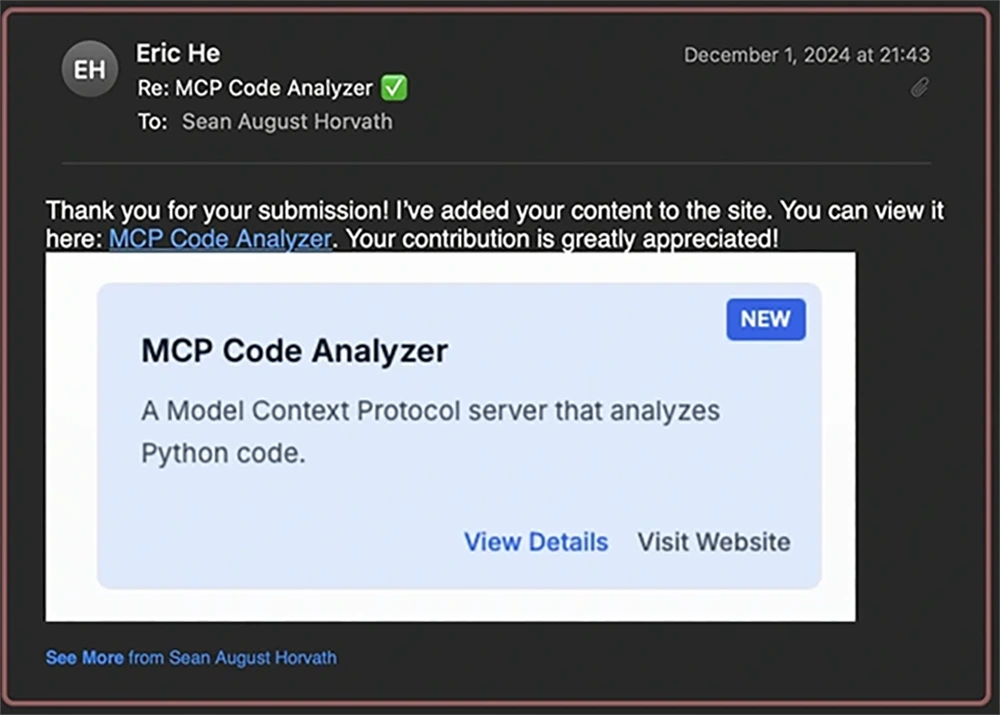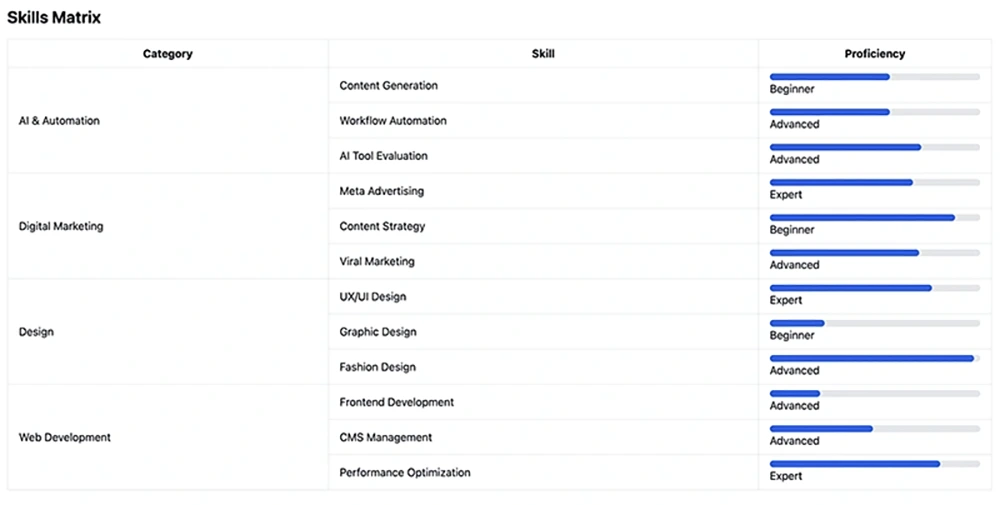Structure Analysis
- Function and class detection
- Method complexity assessment
- Code organization evaluation
Developed a sophisticated code analysis system using Model Context Protocol (MCP) in under 6 hours, demonstrating how modern AI protocols enable rapid development of complex technical systems without sacrificing quality or extensibility.
In the realm of technical development, there's often a perceived trade-off between speed and quality. The faster you build, conventional wisdom suggests, the more corners you have to cut. This project challenged that assumption by leveraging the Model Context Protocol (MCP) to create a sophisticated code analysis system in under six hours - without compromising on architecture, extensibility, or code quality.
The goal wasn't just to create a working prototype, but to develop a production-ready system that could analyze code structure, assess complexity, and provide meaningful insights. The challenge was threefold: implement complex analysis features, maintain clean architecture, and ensure future extensibility - all while working within a tight timeframe.

Our approach centered on leveraging MCP's structured tool integration capabilities to create a modular, extensible system. Rather than rushing to implement features, we first established a solid architectural foundation that would support rapid development without creating technical debt.
The system's architecture prioritizes modularity and clean separation of concerns. The Analysis Engine handles core code parsing and evaluation, while the Integration Layer manages external connections and resource handling. This separation allows each component to evolve independently while maintaining clear interfaces.

The implementation leverages both Node.js and Python, creating a powerful hybrid system. The Node.js component handles tool management and client communication:
class MCPToolManager {
private tools: Map;
registerTool(tool: Tool): void {
this.validateTool(tool);
this.tools.set(tool.name, tool);
}
async executeTool(name: string, params: any): Promise {
const tool = this.tools.get(name);
if (!tool) throw new Error(\`Tool \${name} not found\`);
return await tool.handler(params);
}
}
While Python powers the analysis engine through a sophisticated bridge:
#!/usr/bin/env python
class CodeAnalyzer:
def __init__(self):
self.handlers = {}
self.register_core_handlers()
def analyze_structure(self, code: str) -> Dict:
tree = ast.parse(code)
analyzer = StructureVisitor()
analyzer.visit(tree)
return analyzer.get_results()
def analyze_complexity(self, code: str) -> Dict:
tree = ast.parse(code)
analyzer = ComplexityVisitor()
analyzer.visit(tree)
return analyzer.get_metrics()
The power of the system comes from how it combines multiple forms of analysis:
The project demonstrated that rapid development doesn't have to mean sacrificing quality or maintainability. Key achievements include:
The success of this project opens up several exciting possibilities for future development:
This project demonstrates the transformative potential of modern AI protocols in technical development. By leveraging MCP's structured approach to tool integration, we were able to create a sophisticated system that defies the traditional speed-versus-quality trade-off.
The result isn't just a working tool, but a testament to how thoughtful architecture and modern protocols can enable rapid development without compromising on quality or future potential.